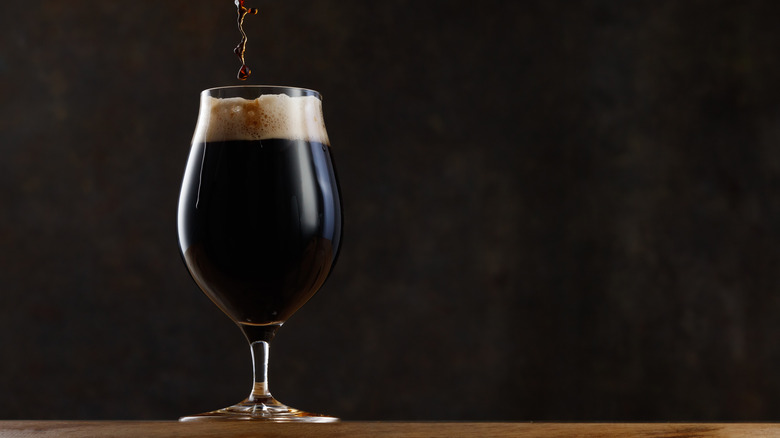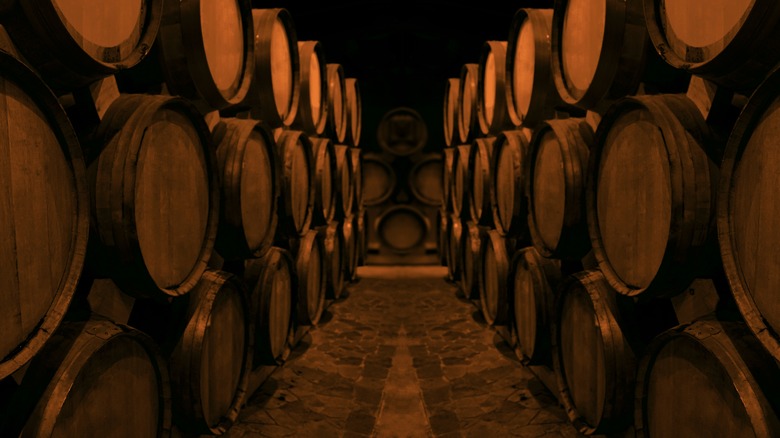How An Ecuadorian Brewer Resurrected One Of The Oldest Beers Ever
Beer always seems to bring out our innovative side, from the complex chemistry of brewing to creative uses for ping pong balls. Some historians have gone so far as to credit beer with instigating significant advancements in human history. The New York Times cites a growing collection of archaeological and anthropological research indicating that early humans started cultivating grains well before the invention of bread and likely used them to brew beer, based on the discovery of ancient brewing equipment in the Eastern Mediterranean. If this is in fact the case, it would make beer a crucial catalyst in the development of agriculture.
The Times also suggests that beer's ability to loosen people up may have contributed to breaking out of a herd mentality and engaging in lively debates about the direction of society, although they note that early brews had a much lower alcohol content than modern offerings. Today, the inventive spirit of the brewer is still very much alive, but the newest innovations have come from reviving the past. A growing number of brewers have been replicating the flavors of the first-ever beers using old brewing techniques, but what if you could make a brew that doesn't just replicate beers of the past? What if it actually was beer from the past?
The 400-year-old beer
Javier Carvajal is a brewmaster like no other. France 24 introduces him as a bioengineer at the Catholic University of Ecuador, a man you'd expect to find around test tubes, not beer casks. But Carvajal comes from a brewing family, and habitually read brewers' trade magazines even after his scientific career took off. That's where he first learned of Quito's ancient beer. The Ecuadorian capital was home to the first brewery in South America, per EIN Newswires, founded in 1566 by the Franciscan friar Jodoco Ricke. European monks have a long tradition of brewing beer in monasteries. The Flemish Ricke did just that, installing his brewery at Quito's San Francisco Convent, per France 24.
Carvajal had experience resurrecting dormant yeast, likening it to rehydrating dried seeds (via Food & Wine). Intent on using this experience to resurrect Ricke's beer, he first had to recover ancient yeast spores from the convent. That's easier said than done, as France 24 points out the complex covers three hectares. After a year of searching, Carvajal found his treasure on a splinter from an ancient barrel. He believes the yeast originated with Chicha, an indigenous beverage made from fermented corn. Per Food & Wine, Carvajal tried multiple recipes over the course of a decade before producing a beer he believes to be the same as Ricke's, boasting notes of cinnamon, figs, and cloves.
Carvajal plans to release the beer to the public soon, so be ready for a literal taste of history.

